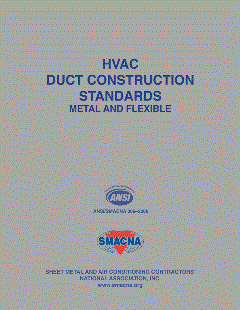Copper is known as the most malleable building material in the trades industry for good reason. Whether you are fabricating copper air duct or using copper tubing for a plumbing system, the element's natural antimicrobial properties and upcycling capabilities help building owners score big when it comes to LEED ratings.
Now that China's standards for Green Building Evaluation include copper tubing for inflow water pipes in green buildings, demand for the material is expected to grow and change the course of the green building market.
"According to the World Green Building Council, a 'green building’ is a building that, in its design, construction or operation, reduces or eliminates negative impacts, and can create positive impacts, on our climate and natural environment. The target in China’s 13th five-year plan (2016 to 2020), is for 50 percent of the new urban buildings in China to be green buildings by 2020," writes Yanting Zhou, a senior consultant, in an analysis for Wood Mackenzie. "We believe that the main target for green buildings will be urban residential, commercial, office, educational and health care buildings. According to Wood Mackenzie's in-house construction forecast, new completions for the above types of building will be 1900 mn m2 on average between 2020 and 2024. These buildings account for more than 80 percent of Chinese urban building completions each year."
The new national standards for Green Building Evaluation
China's new green building standards will be reviewed and scored in seven categories. The total score will include all the categories combined. A building needs a total score of above 60 in order to be categorized as a green building.
Although copper and stainless-steel tube are listed as the recommended material for inflow water pipes under the Safety and Endurance category, they are not required. What could this mean for international copper demand? According to Wood Mackenzie, incremental change depending on building demand.
Zhou writes, "We have estimated the incremental copper demand based on the assumption that the copper tube penetration rate increases from 2.5 percent in 2020 to 10.5 percent in 2030 for urban residential structures, offices, commercial, educational and health care buildings. This assumption is formed based on the target of achieving 50 percent share of green buildings in new urban buildings, and an increase in the penetration of copper tube from 5 percent to 15 percent over this time frame."
However, because copper in green building still depends on the economics of the project, it is difficult to definitively expect an increase. "As a result, the positive impact on copper demand from increasing penetration of copper tube is viewed as an upside scenario to our base case," says Zhou.
Read Zhou's complete analysis at Woodmac.com.
For more insights on the steel and other metals, visit SNIPS' Steel Markets section.












